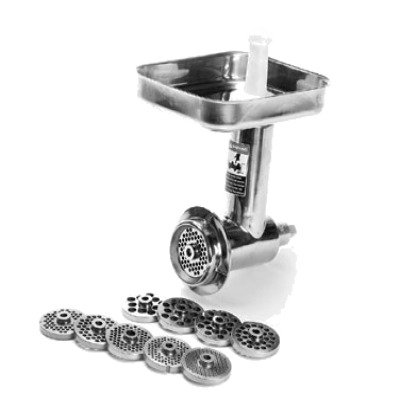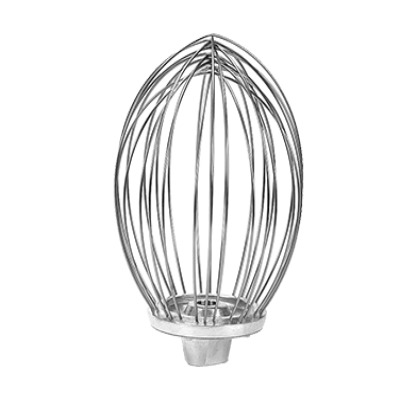Managing food waste in correctional facilities is crucial for promoting sustainability, reducing costs, and minimizing environmental impact. With a large population to feed, efficient food waste management practices can make a significant difference. Today, we'll explore essential considerations when managing food waste in correctional facilities, providing insights to develop effective strategies and create a more sustainable environment.
1. Comprehensive Food Waste Assessment: Begin by conducting a thorough assessment of the facility's food waste generation and disposal practices. Track and analyze the amount and types of food waste produced, identifying areas where waste is most prevalent. This assessment serves as a foundation for developing targeted solutions.
2. Menu Planning and Portion Control: Implement menu planning techniques that minimize food waste. Consider portion control strategies to ensure inmates are served appropriate portions, reducing excess food. Analyze consumption patterns and adjust meal quantities accordingly to prevent overproduction.
3. Staff Training and Engagement: Educate staff members on the importance of food waste management and train them in proper practices. Encourage their involvement in waste reduction initiatives, such as food storage techniques, inventory management, and portion control. Regularly communicate progress and provide feedback to maintain staff engagement.
4. Donation and Redistribution Programs: Explore partnerships with local food banks or non-profit organizations to establish donation and redistribution programs. Identify surplus food that meets safety standards and can be safely distributed to those in need. This not only reduces waste but also supports the community.
5. Composting and Organic Waste Management: Implement composting systems for food scraps and organic waste. Set up designated collection areas for compostable materials, ensuring proper separation and disposal. Composting can yield nutrient-rich soil for gardening or landscaping projects within the facility or for donation to local organizations.
6. Data Monitoring and Analysis: Regularly monitor and analyze food waste data to identify trends, areas for improvement, and success stories. Utilize technology solutions, such as food waste tracking software, to streamline data collection and analysis. This data-driven approach enables targeted waste reduction strategies.
7. Communication and Education Programs: Promote awareness and engagement among inmates regarding food waste management. Implement educational programs that emphasize the importance of reducing waste, proper disposal practices, and the environmental impact of food waste. Foster a culture of responsibility and sustainable practices within the facility.
8. Continuous Improvement and Feedback Loop: Establish a feedback loop to gather input from staff, inmates, and other stakeholders regarding food waste management practices. Encourage suggestions and ideas for improvement, and regularly review and update strategies based on feedback. Continuously seek innovative solutions to further enhance waste reduction efforts.
Effective food waste management in correctional facilities involves comprehensive assessments, menu planning, staff engagement, donation programs, composting, data monitoring, communication programs, and a commitment to continuous improvement. By considering these key factors, correctional facilities can significantly reduce food waste, promote sustainability, and create a positive environmental impact. Remember to foster a culture of responsibility and engagement among staff and inmates to ensure the success of food waste management initiatives in correctional settings.




















